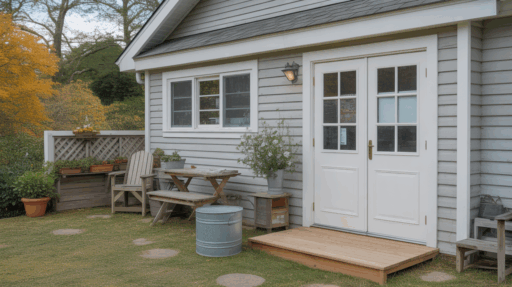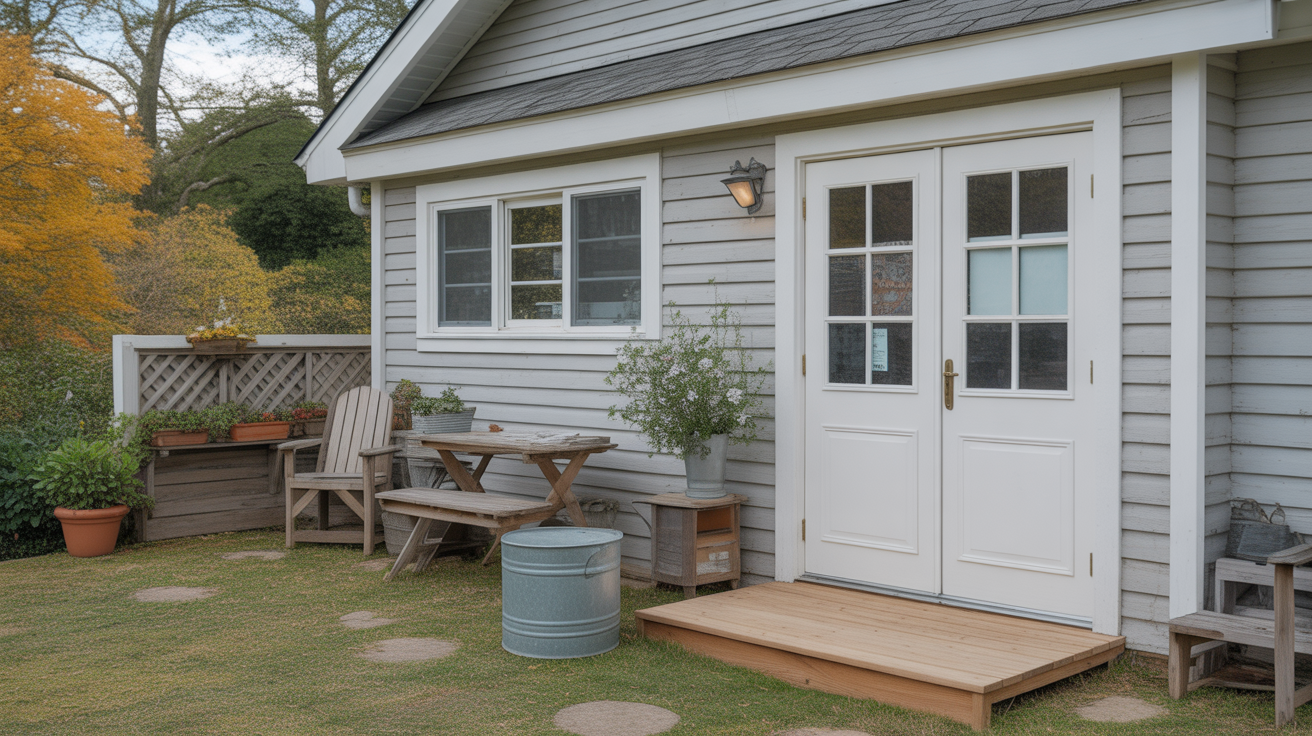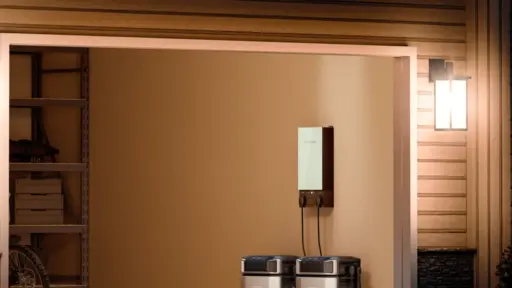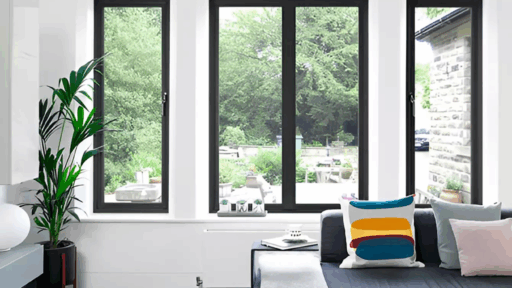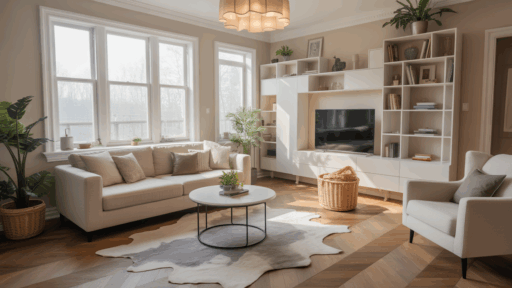First impressions matter—especially when it comes to curb appeal. No one wants to see exposed wiring, gas meters, or HVAC units cluttering an otherwise well-designed exterior. But in every remodeling project, function matters as much as look.
So, how do you keep things looking good while allowing access to the systems a property depends on? A wall access door offers a solution that ensures easy utility access without losing style.
Today’s wall access doors go beyond the industrial look. With smart design and the right material selection, they seamlessly fit into exterior remodels without ruining aesthetics. This article will explore how they work, what options are available, and how to choose the perfect fit.
Why Utilities Need To Be Accessible but Hidden
Every building’s exterior houses important systems—electrical meters, gas shut-off valves, irrigation controls, and communication cables. These components must remain accessible for safety, routine maintenance, and code compliance with local building codes.
However, leaving them exposed can make beautiful buildings look neglected and abandoned. Worse, they can be vulnerable to weather damage or tampering.
An exterior wall access door offers a solution by covering these systems while allowing easy access when needed. Including this in your remodeling design preserves the structure’s function and form without messy workarounds or bulky enclosures.
It’s the best of both worlds for remodelers, designers, and property owners: code compliance and convenience wrapped in a sleek look.
Benefits of Installing Wall Access Doors in Exterior Remodels
Wall access doors are a helpful upgrade in any exterior remodeling project. Here are some of the main reasons to use them:
- Improved Appearance: First, they cover utility boxes, pipes, and wires that might otherwise be visible. This helps the exterior of the building look cleaner and more put together.
- Weather Protection: A wall access door offers protection from the elements, extending the life of the systems behind them. Rain, snow, and UV rays can wear down exposed equipment, leading to costly repairs. A properly sealed access door minimizes that risk.
- Increased Property Value: Attention to detail matters from a resale perspective. Small touches like hidden access points suggest professional craftsmanship and thoughtful planning.
- Easier Maintenance: Maintenance also becomes simpler. There’s no need to cut into walls or siding—just open the door to do the job quickly and easily.
And with various affordable models available, these upgrades won’t break the budget, making them a smart addition to any exterior remodel.
Style Options That Complement Exterior Designs
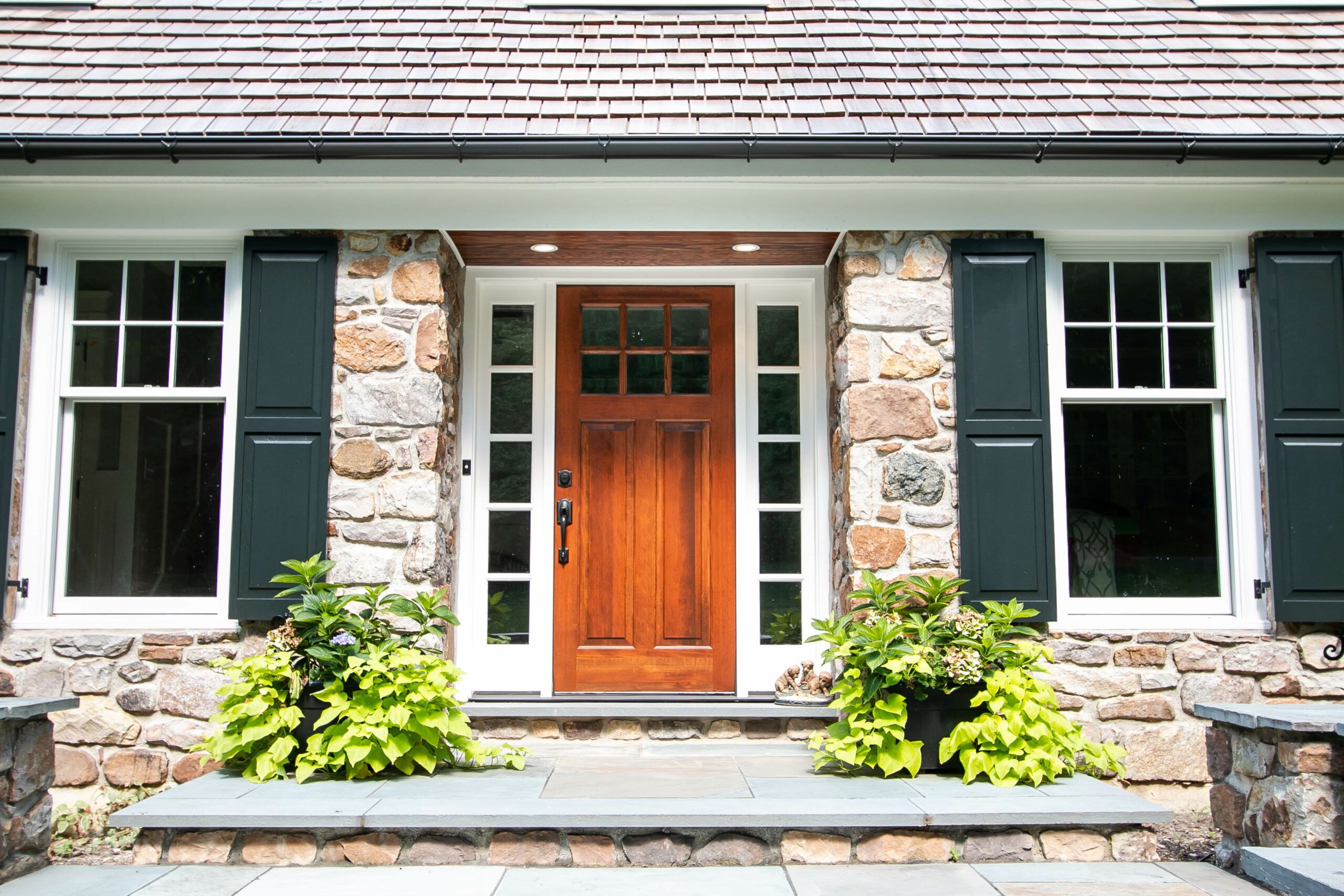
Gone are the days when access panels were an eyesore. Today’s market offers access doors that complement a range of architectural styles, whether you’re remodeling a traditional home or a luxury commercial space.
Material options include corrosion-resistant stainless steel, lightweight aluminum, and even durable plastics made for outdoor use. Many are available with stucco-ready or textured finishes that integrate directly with exterior wall materials. For wood siding or painted surfaces, recessed and paintable access doors ensure a seamless blend.
Flush-mount models sit neatly against the wall, offering a low-profile appearance. Some designs also feature concealed hinges and latches for an even sleeker finish. Locking mechanisms are often built-in, keeping essential systems secure without drawing attention.
Many manufacturers also offer tailored sizes and configurations to fit your project. And for a creative twist, some panels can be cleverly hidden behind landscaping or outdoor decor.
Key Considerations When Choosing Exterior Wall Access Doors
Before selecting a wall access door, consider the environment and its intended use.
- Material
Choose a door made from weather-resistant materials like stainless steel or UV-resistant plastic for long-term durability outdoors.
- Size and Placement
Measure the space accurately. Map out what’s behind the wall and select a spot that provides convenient access while keeping the panel discreet.
- Security Needs
If the panel protects electrical or water systems, consider a locking option to prevent tampering or unauthorized access.
- Insulation
Look for models with built-in insulation for energy efficiency or climate control, especially in garages or attached structures.
- Compliance With Local Codes
Some regions may have codes that regulate outdoor utility access. Always check to ensure your selected door meets local building standards.
Taking the time to evaluate these factors will help you pick the right product for your project and avoid issues later.
Installation Tips for a Seamless Finish
A neat, professional installation makes all the difference. Follow these simple tips:
- Plan Before You Cut
Before cutting, double-check the size and placement of the opening. The door should align with the utility access pointand not interrupt the wall structure.
- Use the Right Tools
Use proper tools for cutting and fastening—especially when working with siding or stucco. This helps avoid cracks and keeps the area clean.
- Seal Around the Edges
Apply caulk or sealant around the frame to keep out moisture and air. For added durability, use flashing tape or a weatherproofing membrane.
- Check for Level and Fit
Before securing the panel, check if it’s level and flush with the wall surface. This practice ensures the wall access door looks good and performs well.
- Follow Manufacturer Instructions
Each access door type may have different installation requirements, so follow the product manual closely.
Wrapping Up
Wall access doors are a smart, stylish solution for exterior remodels. They help hide wires, pipes, and other utility systems without making the design messy or unfinished. And with many options available, it’s easy to find one that fits your project’s needs and style.
Whether upgrading a backyard or completing a full exterior renovation, adding wall access doors can make a big difference.

